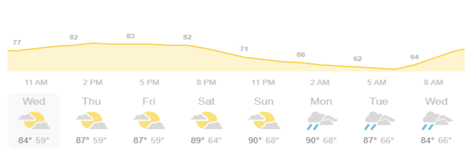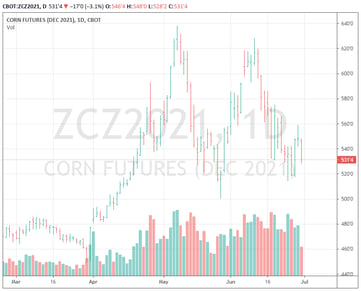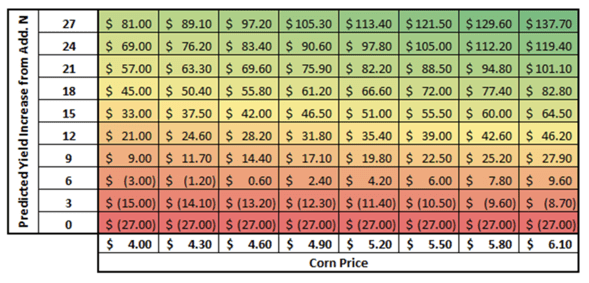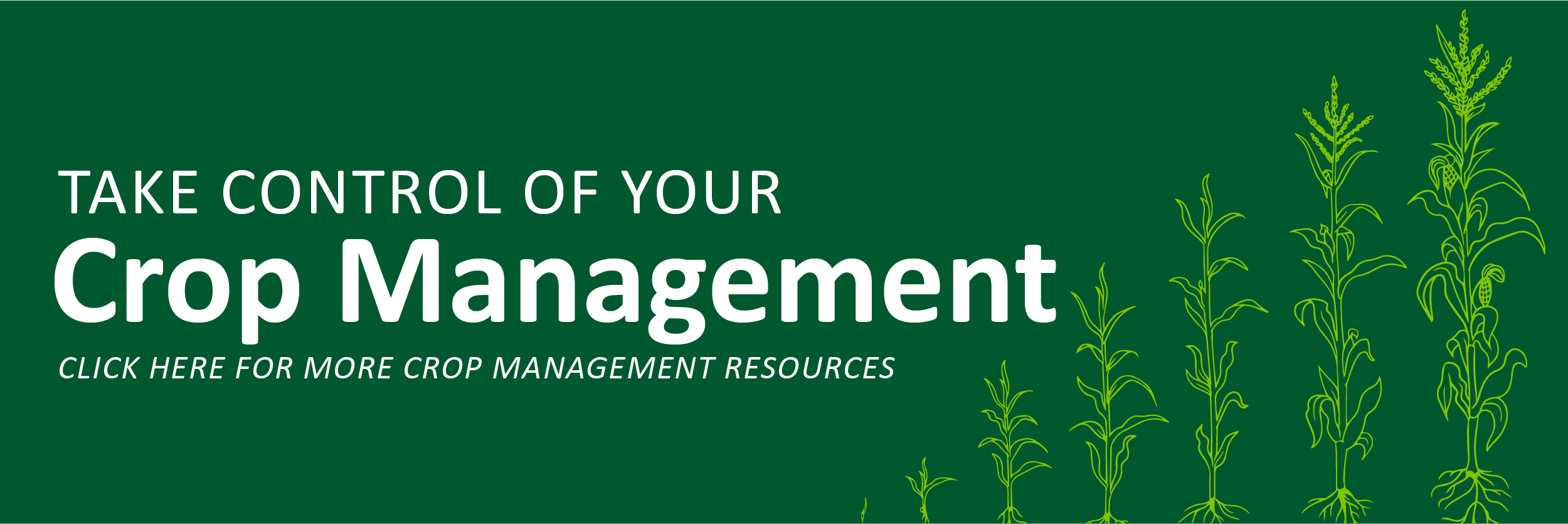For the most part, farmers will have made their input purchasing decisions before the soil is warm enough to begin planting. Those in-season decisions that still remain can be some of the most challenging to make. Not because they’re the most financially significant, but because there are so many factors present once the crop is planted (current weather, short and long-term forecast, crop condition, grain markets, fluctuating input prices, and an endless list of tasks to complete). All of these factors can have an influence, consciously or sub-consciously, on a grower’s ability to make an effective in-season decision.
In the book, How to Decide: Simple Tools for Making Better Choices, the first chapter is titled, “Resulting: Outcomes in the Rearview Mirror May Appear Larger Than They Are.” Resulting, or outcome bias, is when a decision is made based on the quality of a prior outcome. This type of rationale for decision making happens frequently and can lead to poor or unintended outcomes. Here’s an example of what a resulting-influenced decision could be for a grower.
Last year Farmer John applied a fungicide to a field and left a few check areas. The areas that received fungicide yielded 20 bushels more per acre. Farmer John was so happy with the result he decided to apply fungicide on all of his corn acres going forward.
Will Farmer John see a 20 bu./acre yield advantage for using fungicide again this year? Potentially. The point I’m trying to make is that making decisions based solely on a previous personal experience isn’t a great process, especially when you’re in up-to-your-knees with other crop production tasks. Even if the result were to turn out positive, I think it is important to balance data with ‘gut-feeling’ and instinct when making in-season decisions (80% data, 20% gut-feeling).
Starting the growing season with a plan is the first step to managing in-season decisions. A comprehensive crop plan should factor in all potential applications and products that may be applied to a field within the given growing season. The ability to reference a sound agronomic database with multiple years of local and regional data will help give confidence to the decisions outlined in the plan and prevent or minimize questions like these when time is of the essence:
1. How should I best-place the hybrids I’ve already purchased?
2. What are the right seeding rates for the hybrids / varieties within each field?
3. When should I start planting? What if there is rain in the forecast two days out?
4. Do I need to use a starter fertilizer on my manured ground?
5. Do I need to be applying sulfur with our weed & feed, pre-plant?
6. Does my corn have enough nitrogen or should I make a side-dress application?
Using historical agronomic data relative to your own fields allows you to quantify the yield impact of many different agronomic variables. Historical data isn’t a guarantee of future performance, but it’s a crucial component of quality in-season decision making. For example, the ability to reference historical data of yield response to applied nitrogen from wet or dry years, and anything in between, provides a guideline for current conditions. The next step in the process is to add current economic values, input costs and grain selling price, to the data being referenced. Here’s another example.
Farmer Tim currently has an average nitrogen rate of 150 pounds applied to his corn fields. The weather has been hot and dry for a few weeks, but there is a chance of rain in the nearby forecast and long-term predictions are trending slightly wetter. The corn market has been volatile, but Farmer Tim has forward contracted some bushels and the current price is well above his breakeven.
www.weather.com

https://www.tradingview.com/x/wGu8tudh/
Referencing local historic data, Farmer Tim and his agronomic advisor determine that there is likely an 18 bu./ac opportunity to applying an additional 30 pounds of nitrogen. At the current cash price that equates to $60+ per acre additional profit (Assumptions: New Crop Cash Corn = $5.00/ bu.; UAN = $.50/lb.; Application charge = $12/acre).
Marginal Return on Additional Nitrogen: (Predicted yield increase x Corn Price) – (30# of Nitrogen + Application Cost)

It’s important to incorporate economics when making in-season decisions to ensure return on investment (product and application expense). In the example above, if the data showed only a 6 bu./ac gain, much closer to breakeven, the decision becomes harder to make. Understanding the amount of economic risk or reward associated with in-season decisions should be included in a crop plan. Formulating your crop plan to incorporate 'What If' scenarios will make it easier to pull the trigger on in-season decisions.
In-season agronomic decisions are challenging and often don’t receive the attention their economic impact warrants. It’s important to work with a trusted agronomic advisor to help generate your crop plan so you can incorporate data and economics. Having scenarios outlined ahead of season will increase the quality of your in-season decisions, and hopefully make them easier to make. Also, consider putting in some trials with your in-season applications (on/off fungicide or different nitrogen rates) - the best data comes from your own fields.



